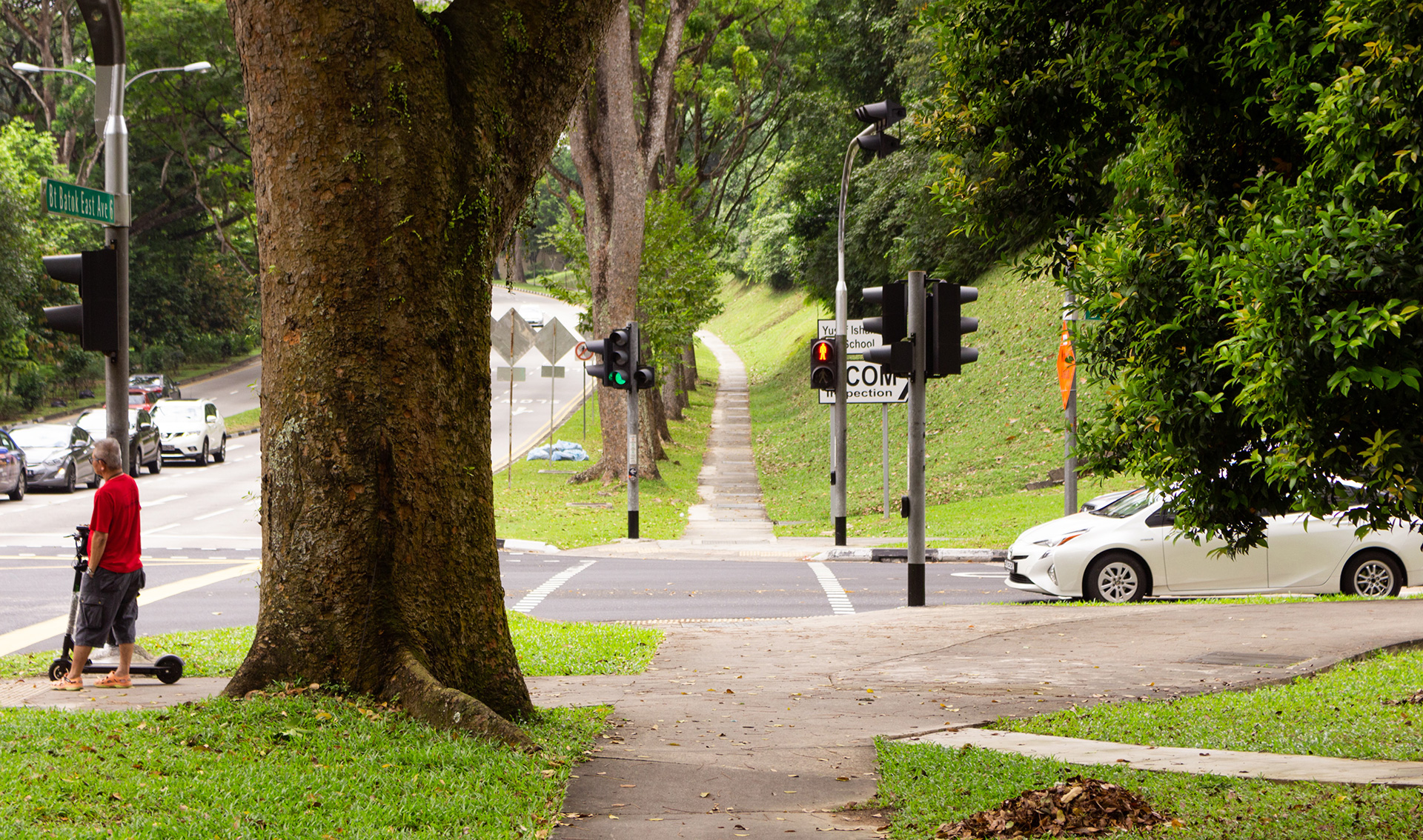Photo by Derrick Chia on Unsplash
When it comes to car insurance in Singapore, there’s no picking between want and don’t want. Every car owner must have insurance coverage for their car, period. But what you can choose instead is the type of insurance coverage you purchase. Here are some essential considerations you should make before you sign those documents.
First things first…
It can be tempting to choose the cheapest coverage for your car. But will it give you the best protection in times of crisis? Not necessarily. That’s why it’s not advisable to be too frugal while buying car insurance. With this in mind, let’s dig deeper.
1. What is your desired coverage?

Photo by Iyan Darmawan on Unsplash
There are three types of car insurance in Singapore. Read on to know more.
Third-Party Only (TPO)
TPO is the minimum insurance you’ll be required to have. It only provides coverage for damage and/or injury to the third-party property and/or person(s) through your fault. You will stand to get no compensation for an accident. The only time it makes sense to buy a TPO policy is if you’re planning to drive a used, dirt-cheap car for just a few years before upgrading to something better – and you don’t mind losing the car in an accident.
Third-Party Fire and Theft (TPFT)
Do you need protection against robbery or fire but otherwise don’t need anything much for your car? We suggest that you have a look into a TPFT policy, which has accidental theft and fire protection plus third-party coverage.
Comprehensive
As the name suggests, this type of insurance provides wide coverage for your car, its occupants, your belongings, fire and theft liabilities, and the third party. It comes with a much higher price tag, and tag comes with an extensive range of benefits. If you’re driving a brand new car or have a long way to go before you de-register it, your insurer will recommend that you go for this policy.
2. How much excess do you want to pay?

Photo by Micheile Henderson on Unsplash
Excess is the amount of money that you will have to fork out of your own pocket for a repair before your insurer covers the rest. The function of excess is to avoid unnecessary preventable accidents and repair claims.
Say your excess is S$300 and your repair cost is S$2,000. You’ll have to pay S$300 whereas the rest ($1,700) will be paid by your insurer.
Do note that excess depends on the age of the driver being insured. You may have to pay a higher excess if you’re younger and recently started driving, or are an elderly person, as these two driver categories are considered risky road users.
Can you choose to pay a lower excess?

Photo by rezasaad رضاصاد on Unsplash
If you’ve been driving for a decent amount of time and are sharp enough on the road, you may be allowed to pay a lower excess – but know that lower excess also means a higher premium.
3. Do you want to protect your NCD?

Photo by Long Nguyen on Unsplash
If you’re thinking of getting a comprehensive policy, you will definitely come across at least one clause on NCD. NCD (or No-Claim Discount) is a discount that is applied to your premium if you make no claims for a minimum of one year.
The discount starts at 10% annually and caps at 50% from the fifth year onwards. Your NCD could take a blow if you get into an accident where your liability is above 20%. To avoid this, consider buying an NCD protector. This could cost you 10% of your premium, although some insurers give you a complimentary NCD protector if you’ve reached a 50% NCD. Do note that most NCD protectors only apply for one claim.
4. Who’s driving?

Photo by Hareez Hussaini on Unsplash
This is another important question that you shouldn’t overlook. Of course, when you sign the insurance document, you’re the default “named driver”. But do also think about who else will be driving your vehicle and remember to add their names to your policy. Your insurer may impose a higher excess on you if your car gets into an accident when an unnamed driver was behind the wheel.
Take note that some insurers may charge you a higher premium when you add other drivers to your policy. Others may allow you to add experienced drivers at no extra cost.
5. Do you travel to Malaysia often?

Photo by Afifi Zulkifle on Unsplash
Singaporeans love to drive up north, and the weekend border traffic is a testament to this. If you love going across the border, it’s only wise that you get proper coverage in Malaysia or even Thailand – even if you don’t take long trips frequently.
Cross-border coverage may not be offered as part of your main comprehensive policy, so don’t forget to mention to your insurer that you drive to Malaysia and/or Thailand and get your add-ons. Think add-ons are too big a burden? Don’t sacrifice your safety for money. We offer affordable installment plans for your insurance policy, and you learn more here.
Choosing the right policy can be daunting. BRZE is happy to help you pick from a wide range of policies tailored to your personal needs to give you the best insurance quotes without burning a hole in your pocket. We work with a range of different insurance companies, so you can rest assured you’ll have the pick of the litter. Get covered today with us.
Get in touch with us


